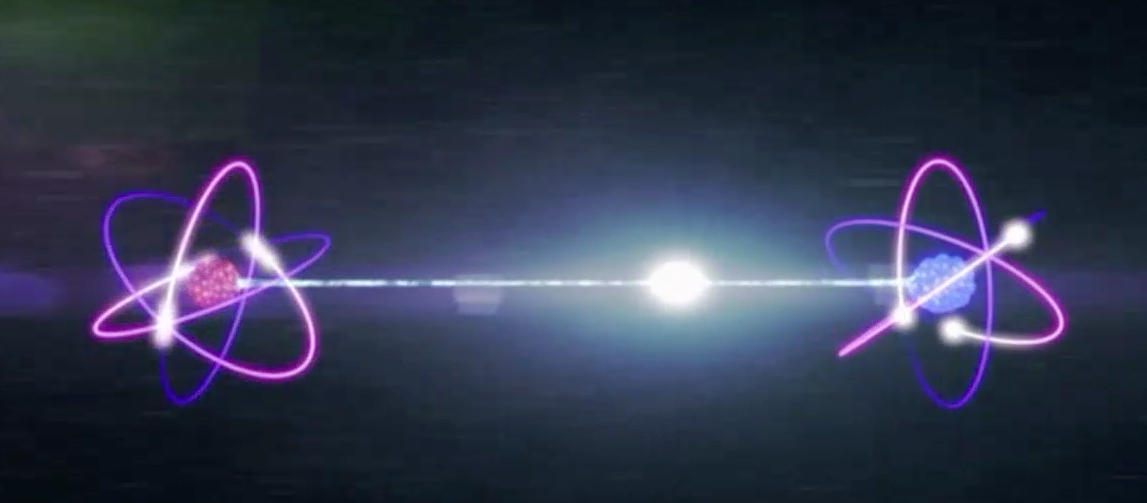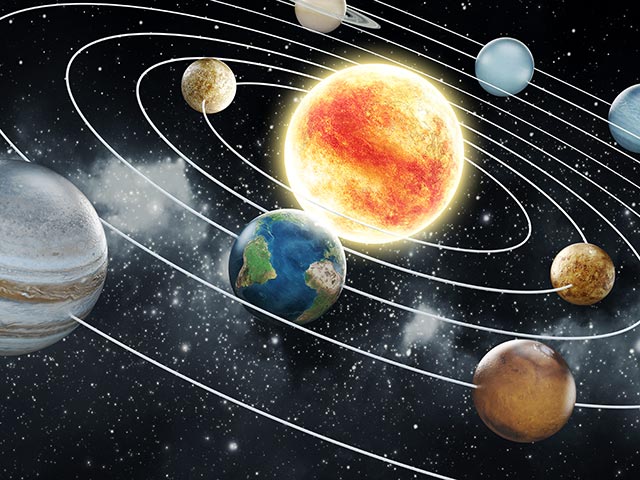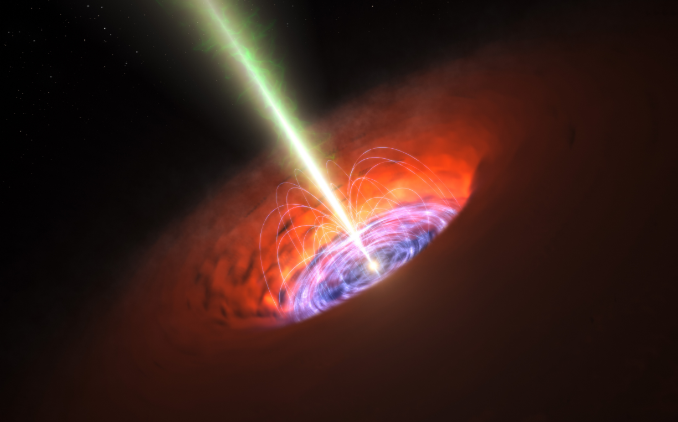Heavy elements in space – where did they come from?
08/17/2019 / By Rex Carter

An international team led by Goethe University in Germany has successfully converted xenon ions into the heavy element cesium. The results, which appeared in Physical Review Letters, was the first to replicate this phenomenon in a controlled environment.
A matter of stardust
Nucleosynthesis refers to the creation of atomic nuclei, or broadly defined, the elements. According to astrophysicists, this process was first seen in the early stages of the universe. In its infancy, the temperature of the universe was so high that nuclear fusion took place, creating the first stars. As stars aged, they produced other elements as a byproduct, from lithium down to silicon and iron – a process known as stellar nucleosynthesis.
When it’s producing iron, a star is said to be on the last phase of its life, after which it would explode in an event called a supernova. A supernova allows the synthesis of new nuclei (and new elements heavier than iron) due to the flood of neutrons, and these heavy elements would be sent out across space that would one day fall on Earth. These elements would later become part of everything on the planet, including your body. (Related: See how scientists can simulate the formation of a black hole after a supernova.)
Aiming for the stars
Like supernovas, neutron stars – especially neutron star mergers – also create the conditions for heavy element formation, known as a low-energy proton capture. This state, called the Gamow window, has temperatures above 1 gigakelvin (1.8 billion degrees Fahrenheit) but relatively low energy. Scientists wanted to recreate it to see if the Gamow window can induce the synthesis of a heavy element.
“The reactions are most probable under astrophysical circumstances in an energy range called the Gamow window. In this range, nuclei tend to be somewhat slow, making them difficult to obtain in the required intensity,” explained Dr. Jan Glorius of GSI’s atomic physics research department. “In addition, the cross-section – the probability of proton capture – decreases rapidly with energy. Until now, it has been almost impossible to create the right conditions in a laboratory for these kinds of reactions.”
Rene Reifarth, professor for experimental astrophysics at Goethe University, suggested that Helmholtz’s experimental storage ring (ESR) can recreate a reaction like this. He recommended that a heavy reaction partner circulate in an accelerator where it would interact with a stationary proton gas. This experiment proved so successful that an EU-funded research project at GSI has also expressed support for Reifarth’s research.
Nucleosynthesis experiment
In the experiment, the researchers prepared xenon ions, which they predicted could capture protons from a proton cloud. The team then decelerated these ions in the ESR, where they encountered the proton gas. Xenon nuclei captured protons. In the process, they transformed into another, heavier element: cesium. This is an almost accurate recreation of what happens in an astrophysical scenario, such as in the core of the sun or the surface of a neutron star.
“The experiment makes a decisive contribution to advancing our understanding of nucleosynthesis in the cosmos,” says Reifarth. “Thanks to the high-performance accelerator facility at GSI, we were able to improve the experimental technique for decelerating the heavy reaction partner. We now have more exact knowledge of the area in which the reaction rates occur, which until now had only been theoretically predicted. This allows us to more precisely model the production of elements in the universe.”
Sources include:
Tagged Under: astronomy, astrophysics, chemicals, discoveries, elements, future science, futuretech, gamow window, heavy elements, neutron stars, nuclei, nucleosynthesis, particle accelerator, physics, research, science and technology, Space, Stars, supernova
RECENT NEWS & ARTICLES
Physics.News is a fact-based public education website published by Physics News Features, LLC.
All content copyright © 2018 by Physics News Features, LLC.
Contact Us with Tips or Corrections
All trademarks, registered trademarks and servicemarks mentioned on this site are the property of their respective owners.


















